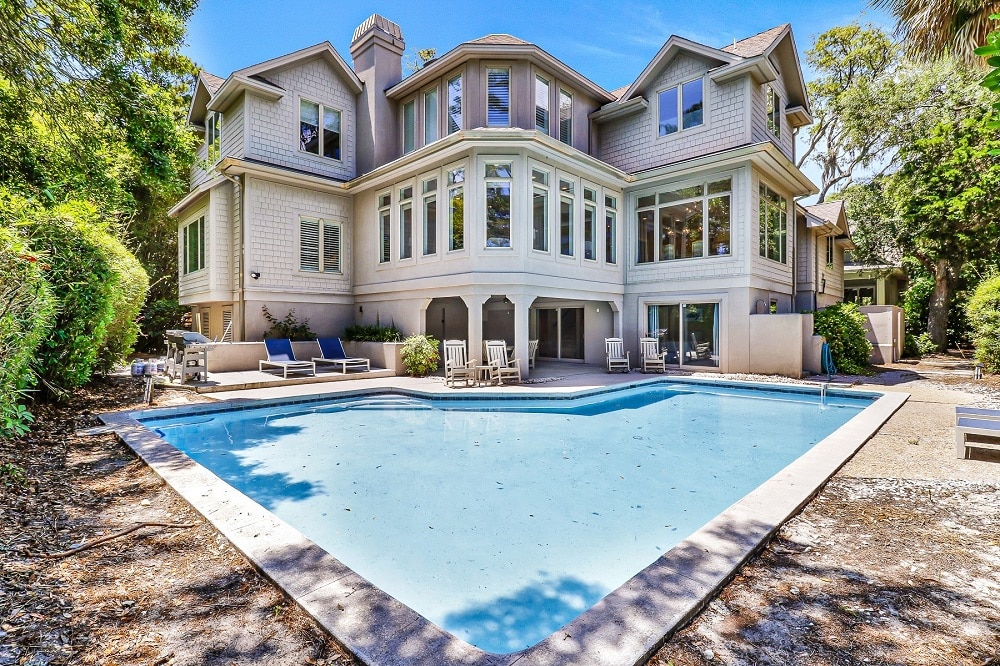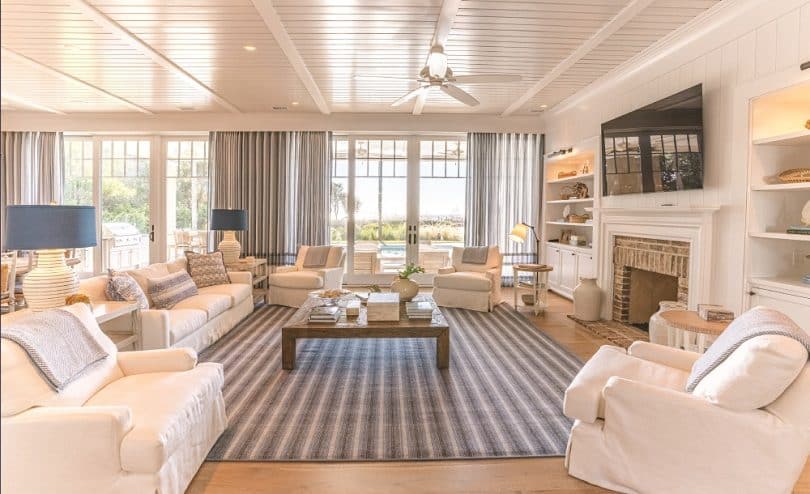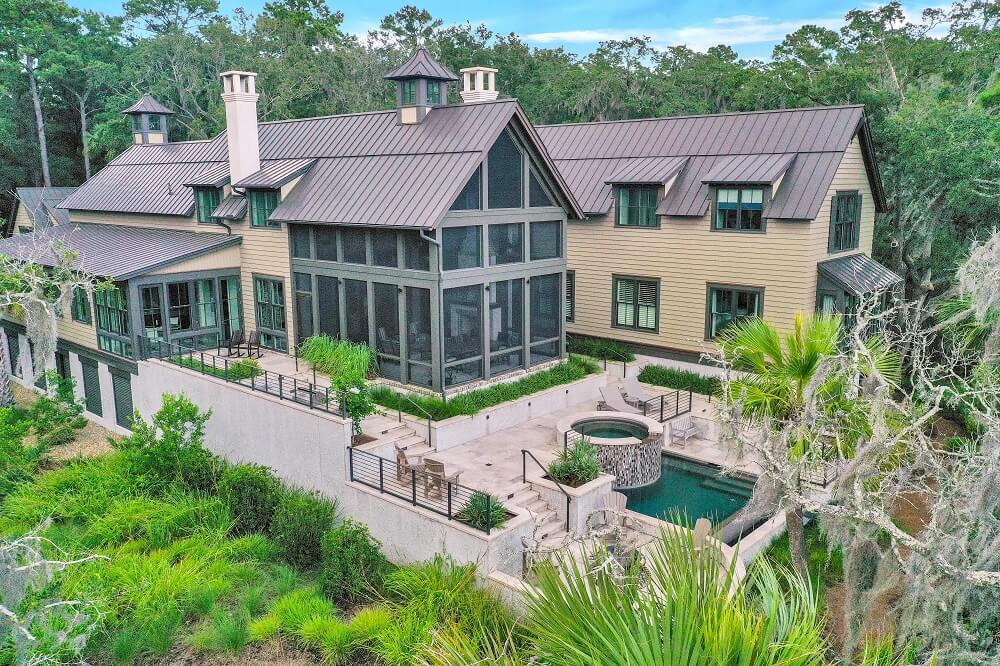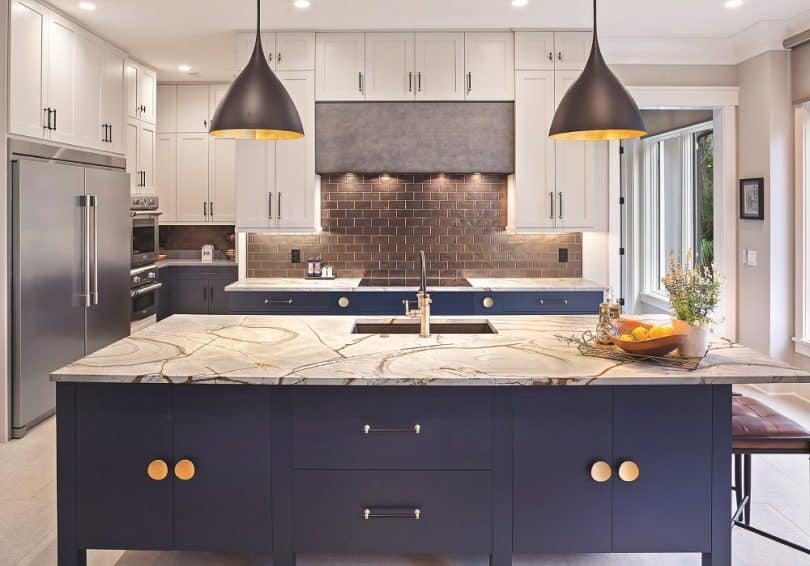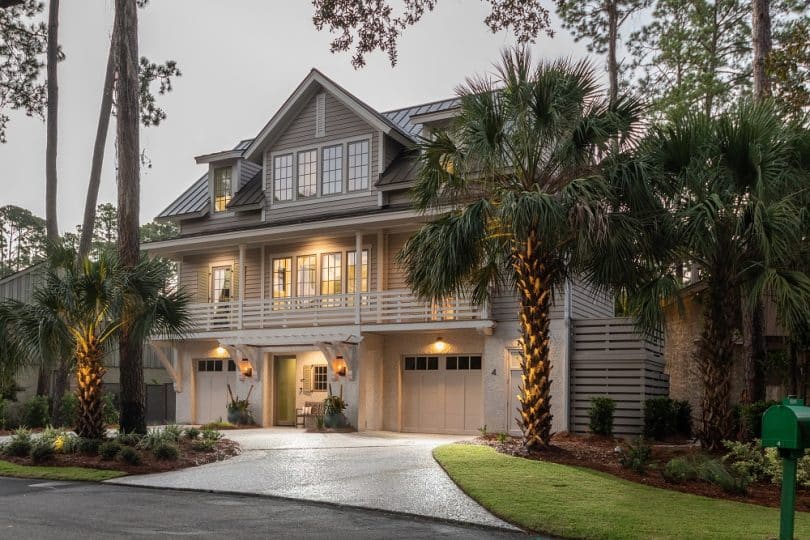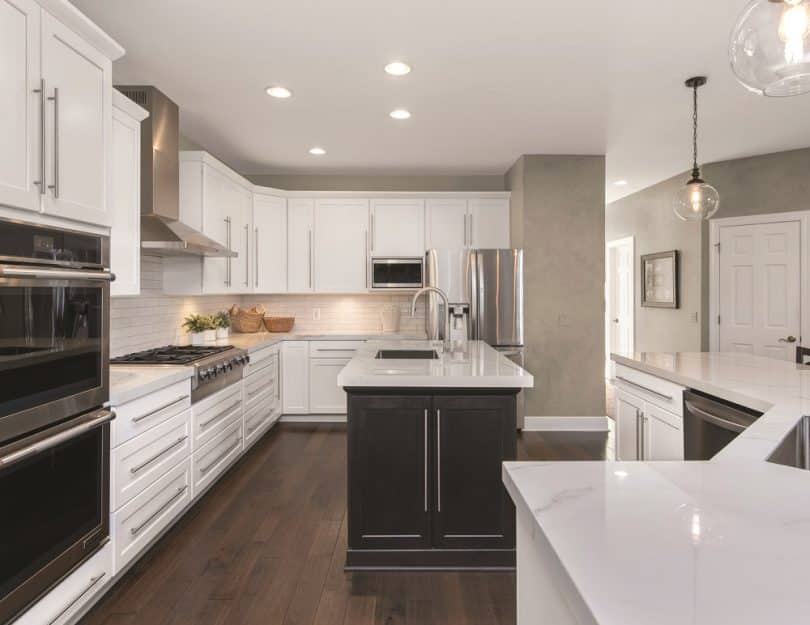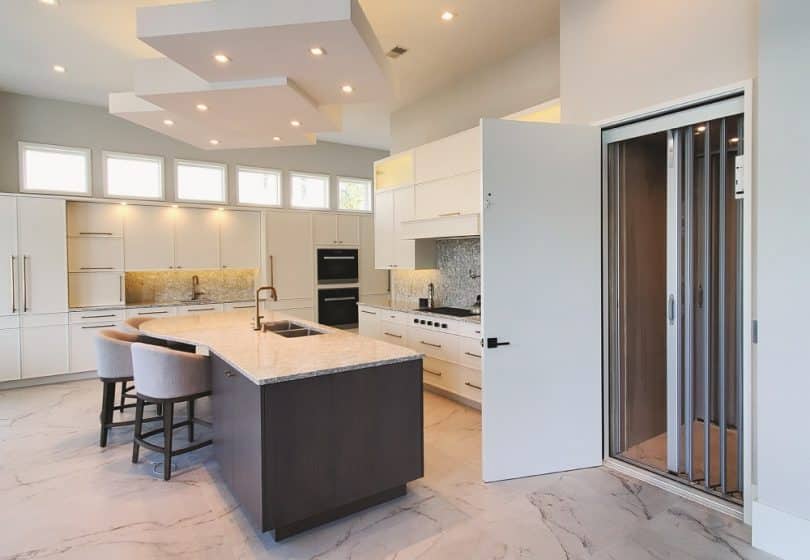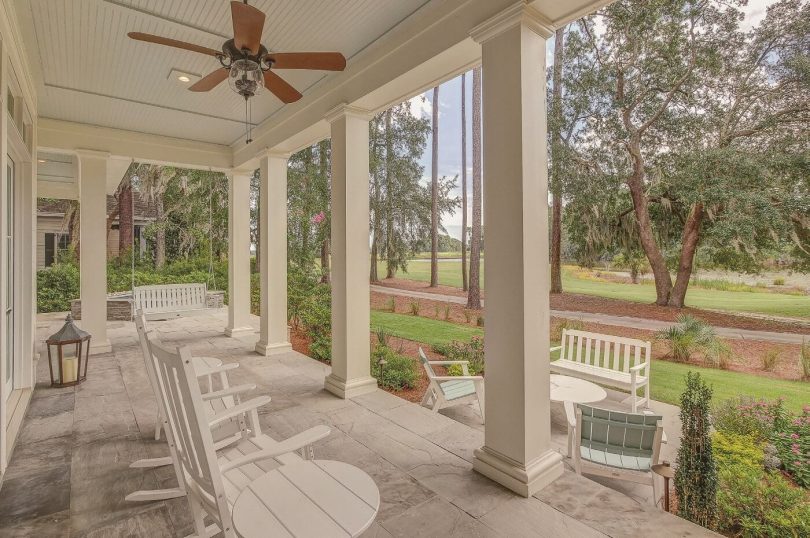It’s no secret we love our porches in the South, particularly in the Lowcountry. The images are conjured immediately: relaxing with a glass of sweet tea in the late afternoon sun, children playing while parents and grandparents sit and swing on a summer evening. Stories are told, songs are sung – a family retires after a long day.
We know why we love it, but what’s the history behind it?
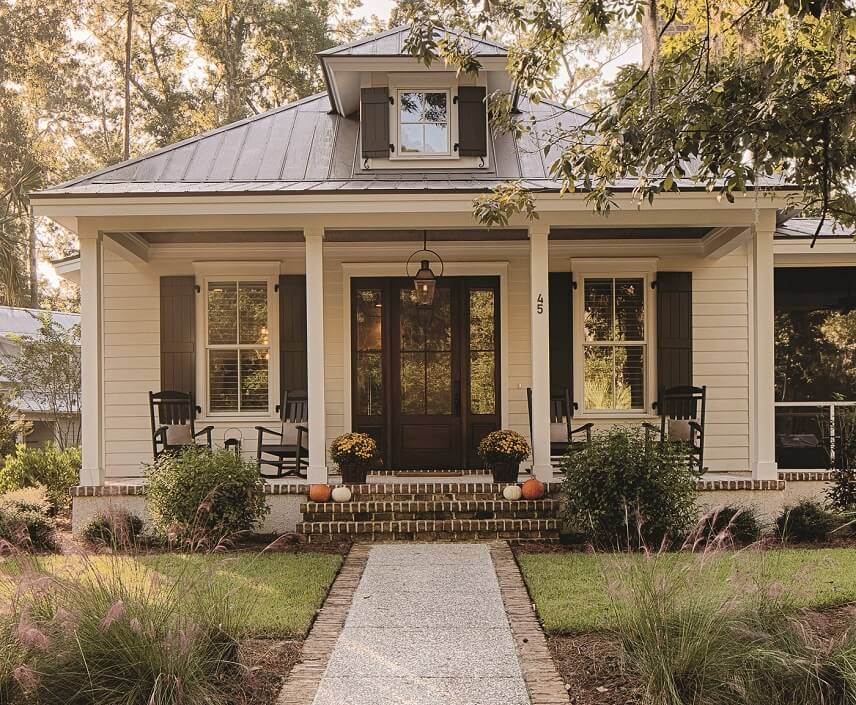
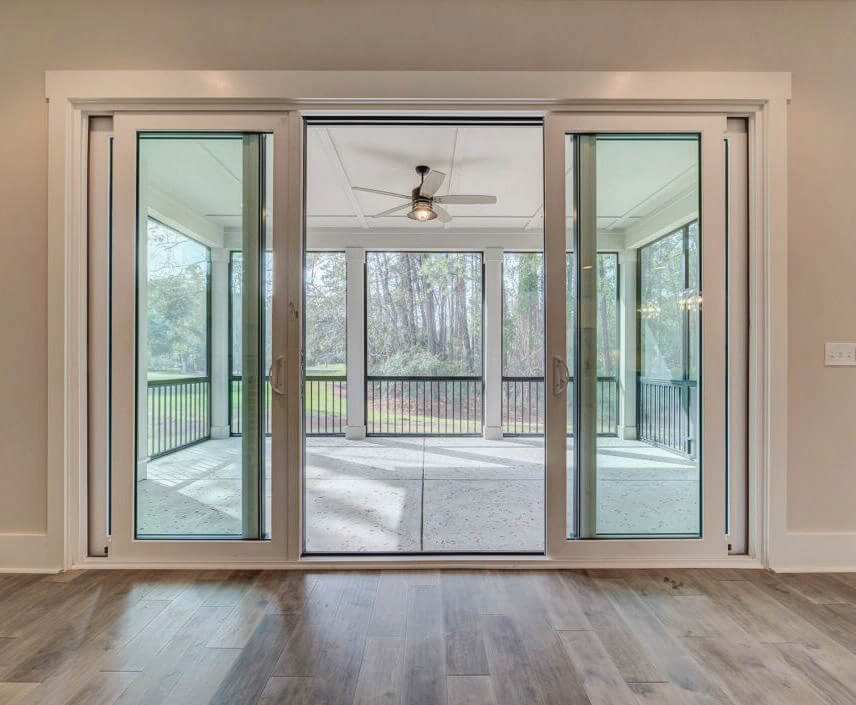
The word “porch” originally derives from “the latin word porticus, or the greek word portico, both of which signify the columned entry to a Classical temple” (SOURCE: Kahn*). Porches in the American colonies weren’t commonplace until well into the eighteenth century. The porch most likely grew out of European traditions adapted for a different culture and climate in the new world. Porches grew first and most quickly in the south, where it was warmer and more tropical than in Europe. In the mid-1800s, a well-known landscape gardener and horticulturist named Andrew Jackson Downing wrote about his vision for the American home, and how it would distinguish itself from English architecture. In his view, the porch was key, because it served as a transition between nature – which was idealized by early Americans – and the interior of the house. This architectural feature also became popular among those wanting the ability to find a cool alternative to warm indoor temperatures, while still remaining at home. In many ways, the porch exemplifies the American ideal of family time. The porch functions as a kind of outdoor living room, a place for family and friends to pass the time.
“As a child in South Carolina, I spent summers like so many children – sitting on my grandparents’ back porch with my siblings, spitting watermelon seeds into the garden or, even worse, swallowing them and trembling as my older brother and sister spoke of the vine that was probably already growing in my belly. “ -Jacqueline Woodson
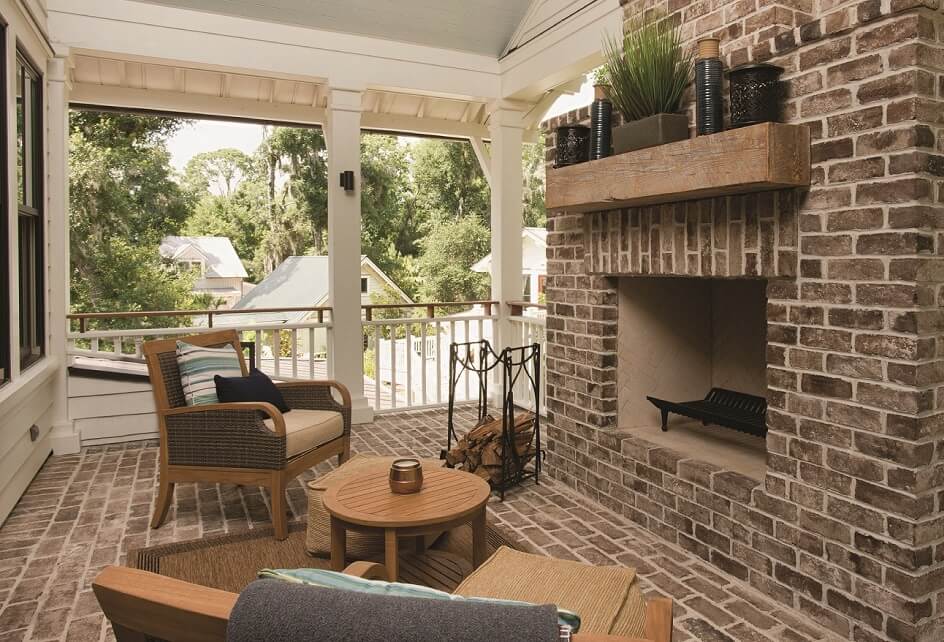
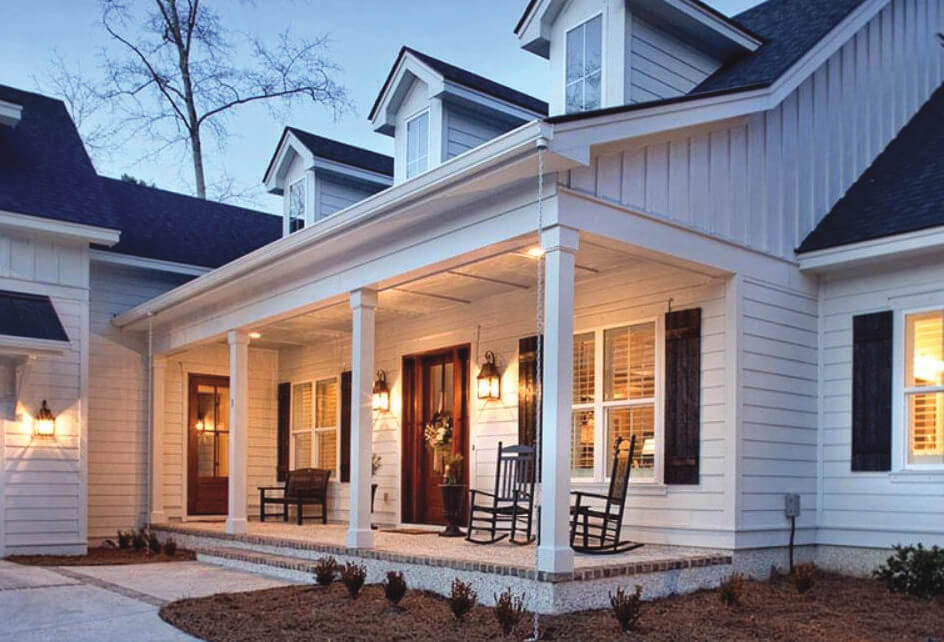
The front porch in particular provides a gracious welcome to visitors, and serves as a transitional space between the privacy of home and the public realm of the street. It is an area where the sanctity of the home can be shared with the community outside. Historically, as people tended to move outdoors in the evenings, the porch served to connect individuals and foster a sense of community and neighborliness.
Though the American ritual of “porch sitting” may be less common in modern times, the tradition of gathering, storytelling and connecting with family on the porch is still alive and well in the American south.
At Southern Coastal Homes, many of our designs feature a porch, be it front or back, screened or open. To us – and to many of our clients as well – porches have come to represent many of the things we also love about the Lowcountry: graciousness and tradition, positivity and openness. We think porches have an important, more subtle function as well: they serve as an invitation to slow down, reflect, and enjoy the company of the people around us.
At Southern Coastal Homes, we agree wholeheartedly with John Sarris’ sentiment – “I return to my front porch to find the place where the air smells sweeter and the sun feels warmer than at any other bend in life’s long road.”
ARTICLE PROVIDED BY SOUTHERN COASTAL HOMES

